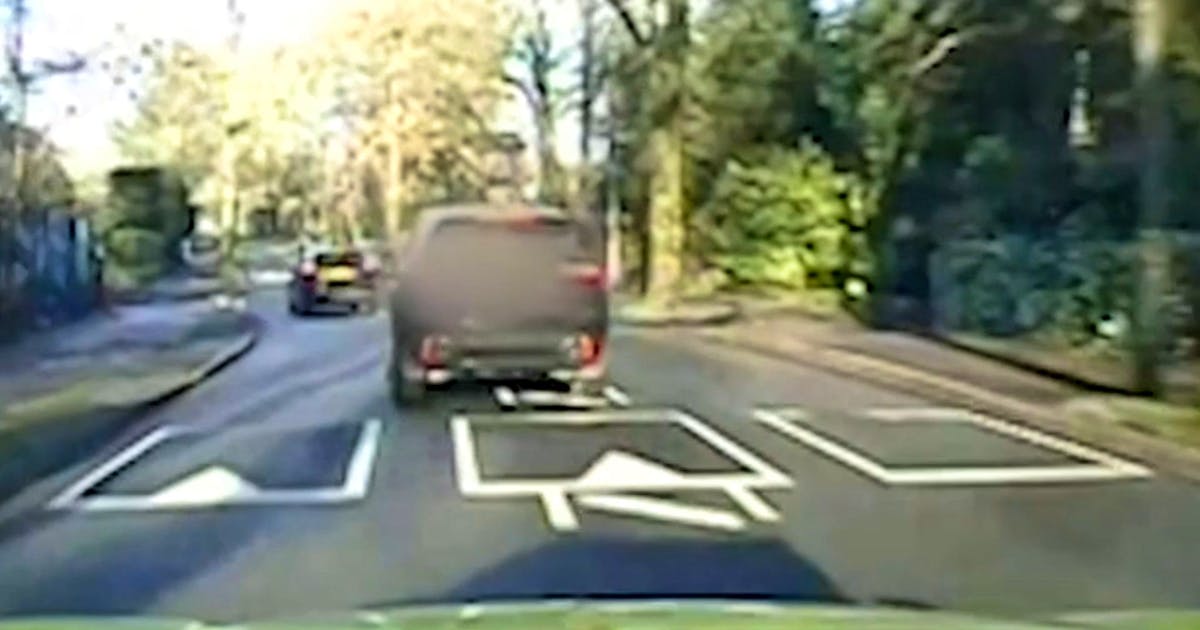Hot plasma swirls around a black hole, “feeding” the giant celestial body. A research team has recreated this phenomenon on Earth.
LONDON – A research team from Imperial College London has succeeded in recreating the immediate vicinity of a black hole on Earth. The black hole is surrounded by what is known as an accretion disk, which collects matter that is drawn into the black hole and becomes a superheated plasma. Enormous forces act in the plasma disk: centrifugal force pushes the plasma outward, while the gravitational force of the black hole pulls matter inward – and the two forces balance each other out.
This leads directly to the question researchers have been asking for a long time: How does a black hole get bigger if matter doesn’t fall out of the black hole’s accretion disk at all? The leading theory is that instability in the plasma’s magnetic fields keeps some matter from falling into the black hole. However, this theory has been difficult to test so far. To date, liquid metals have been used for this purpose, to which magnetic fields have been applied. But the metals were present in the tubes when tested, so it was not a true comparison to the free-flowing plasma found in a communication From Imperial College called.
The research team is creating an accretion disk around the black hole – on Earth
That’s where Vicente Valenzuela-Villaseca’s research group comes in: They used an instrument called the Mega Ampere Generator for Plasma Explosion Experiments (MAGPIE) to more accurately model the accretion disk. Details of the research work in the journal Physical review letters published. “By understanding how accretion disks work, we can learn not only how black holes form, but also how gas clouds collapse to form stars, and even how we can form our own stars by improving the stability of understanding plasmas in fusion experiments,” Valenzuela Villaseca explains in a statement from his university. .
Using MAGPIE, the research team accelerated eight jets of plasma and caused them to collide, creating a rotating column of hot plasma. MAGPIE produces short plasma pulses, which is why the research group was only able to image the rotation of the accretion disk. However, the team was able to gain preliminary insights: the farther the plasma is inside the rotating ring, the faster it is moving. An experiment is a “proof of concept” intended to show whether research is possible. The team hypothesizes that with longer plasma pulses, more rotational motions can be observed.
In vitro accretion disc: Testing with magnetic fields pending
In the case of a longer run time for the follow-up experiment, magnetic fields can also be added to study their effect on friction in the system. “We are still at the beginning of our possibilities just to look at these accretion disks in a completely new way,” Valenzuela Velaseca explains, adding: “This also includes our experiments and snapshots of black holes using the Event Horizon Telescope. This allows us to test our theories and see if they agree with astronomical observations.” .
Even if the principle of the accretion disk around a black hole seems strange to non-experts, almost everyone has seen one before: In the first image taken of a black hole, the accretion disk orbiting around the black hole was clearly visible, and the accretion disk can also be clearly seen in the image of the hole. Lions at the center of our Milky Way galaxy. (unpaid bill)

“Prone to fits of apathy. Zombie ninja. Entrepreneur. Organizer. Evil travel aficionado. Coffee practitioner. Beer lover.”






More Stories
NIKKOR Z 28-400mm f/4-8 VR – a lightweight superzoom for Nikon Z cameras
Smart Pro Camera: Samsung Galaxy S24 Ultra
Unlocking the Avatar Glider in Fortnite – This is how you get the free reward “Appa Glider”